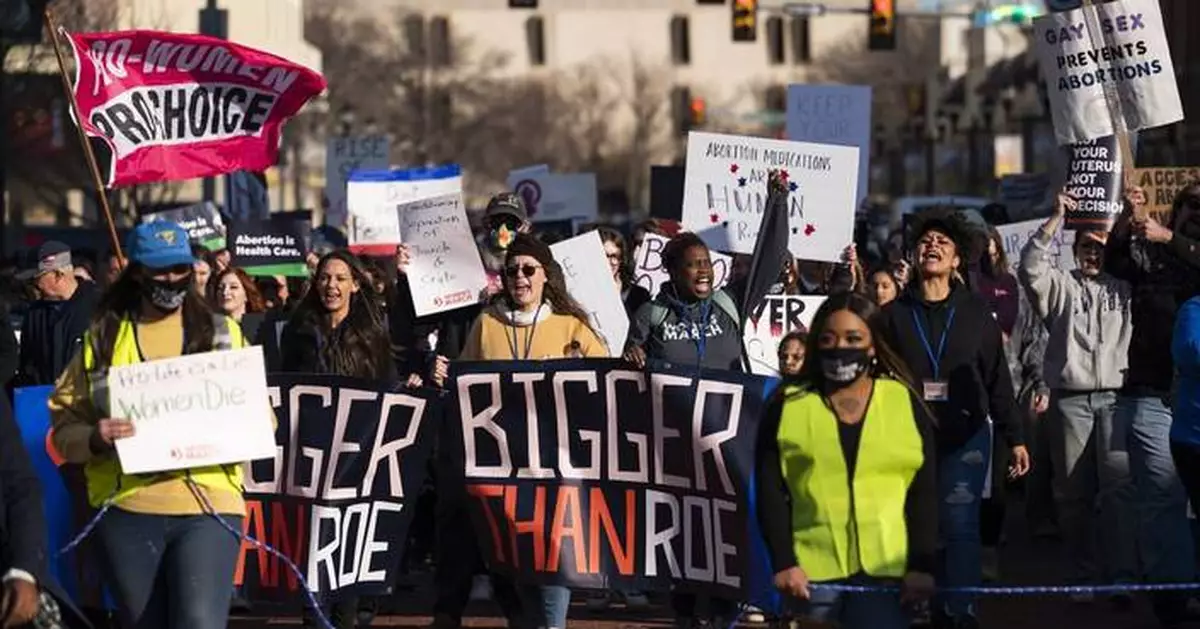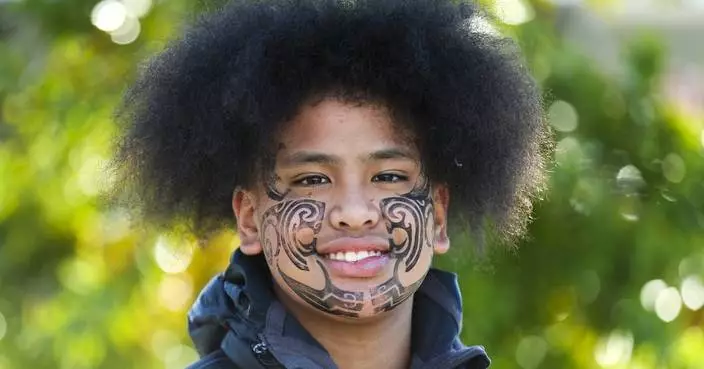Judges, state lawmakers and voters are deciding the future of abortion in the U.S. two years after the Supreme Court jolted the legal status quo with a ruling that overturned Roe v. Wade.
The June 24, 2022, ruling in Dobbs v. Jackson Women's Health Organization sparked legislative action, protest and numerous lawsuits — placing the issue at the center of politics across the country.
Abortion is now banned at all stages of pregnancy, with limited exceptions, in 14 Republican-controlled states. In three other states, it's barred after about the first six weeks, which is before many know they are pregnant. Most Democratic-led states have taken actions to protect abortion rights, and become sanctuaries for out-of-state patients seeking care.
That's changed the landscape of abortion access, making it more of a logistical and financial ordeal for many in conservative states. But it has not reduced the overall number of procedures done each month across the U.S.
Here's what to know about the state of abortion rights in the U.S. now.
Bans in Republican-led states have prompted many people seeking abortions to travel to get care.
That translates into higher costs for gas or plane tickets, hotels and meals; more logistics to figure out, including child care; and more days off work.
A new study by the Guttmacher Institute, which advocates for abortion access, found that out of just over a million abortions provided in clinics, hospitals and doctors' offices, more than 161,000 — or 16% — were for people who crossed state lines to get them.
More than two-thirds of abortions done in Kansas and New Mexico were for out-of-staters, particularly Texans.
Since Florida's six-week abortion ban kicked in in May, many people had to travel farther than before, since throughout the Southeast, most states have bans.
Low-income patients and those lacking legal permission to be in the country are more likely to be unable to travel. There can be lasting costs for those who do.
In Alabama, the Yellowhammer Fund, which previously helped residents pay for the procedure has paused doing so since facing threats of litigation from the state.
Jenice Fountain, Yellowhammer’s executive director, said she met a woman recently who traveled from Alabama to neighboring Georgia for an abortion but found she couldn’t get one there because she was slightly too far into her pregnancy. So she then went to Virginia. The journey wiped out her rent money and she needed help to remain housed.
“We’re having people use every dime that they have to get out of state, or use every dime they have to have another child,” Fountain said.
Nearly two-thirds of known abortions last year were provided with pills rather than procedures.
One report found that pills are prescribed via telehealth and mailed to about 6,000 people a month who live in states with abortion bans. They're sent by medical providers in states with laws intended to protect them from prosecution for those prescriptions. The laws in Colorado, Massachusetts, New York, Vermont and Washington specifically protect medical providers who prescribe the pills to patients in states with bans.
The growing prominence of pills, which were used in about half of all abortions just before the Dobbs ruling, is a frontier in the latest chapter of the legal fight.
The U.S. Supreme Court this month unanimously rejected an effort by abortion opponents who were seeking to overturn or roll back the U.S. Food and Drug Administration’s approval of mifepristone, one of two drugs usually used together for medication abortions. The issue is likely to return.
In this presidential election year, abortion is a key issue.
Protecting access has emerged as a key theme in the campaigns of Democrats, including President Joe Biden in his reelection bid. Former President Donald Trump, the presumptive Republican nominee, has said states should decide whether to restrict abortions. He also suggested states could limit contraception use but changed his tune on that.
“We recognize this could be the last Dobbs anniversary we celebrate,” Kelsey Pritchard, a spokesperson for Susan B. Anthony Pro-Life America said in an interview, noting that if Democrats win the presidency and regain control of both chambers of Congress, a right to abortion could be enshrined in the law.
The issue will also be put directly before voters in at least four states. Colorado, Florida, Maryland and South Dakota have ballot measures this year asking voters to approve state constitutional amendments that would protect or expand access to abortion. A New York measure would bar discrimination against someone who has an abortion. There are attempts to put questions about abortion access on the ballots this year in Arkansas, Missouri, Montana, Nebraska and Nevada.
There's also a push for a ballot measure in Arizona, where the state Supreme Court this year ruled that an 1864 abortion ban could be enforced. With the help of some Republicans — Democrats in the Legislature were able to repeal that law.
Generally, abortion rights expand when voters are deciding. In the seven statewide abortion policy-related votes since 2022, voters have sided with abortion rights advocates in every case.
The Dobbs ruling and its aftermath gave rise to a bevy of legal questions and lawsuits challenging nearly every ban and restriction.
Many of those questions deal with how exceptions — which come into play far more often when abortion is barred earlier in pregnancy — should apply. The issue is often raised by those who wanted to be pregnant but who experienced life-threatening complications.
A group of women who had serious pregnancy complications but were denied abortions in Texas sued, claiming the state's ban is vague about which exceptions are allowed. The all-Republican Texas Supreme Court disagreed in a May ruling.
The Supreme Court also heard arguments in April on the federal government's lawsuit against Idaho, which says its ban on abortions at all stages of pregnancy can extend to women in medical emergencies. The Biden administration says that violates federal law. A ruling on that case could be issued at any time.
Meanwhile, bans have been put on hold by judges in Iowa, Montana, Utah and Wyoming.
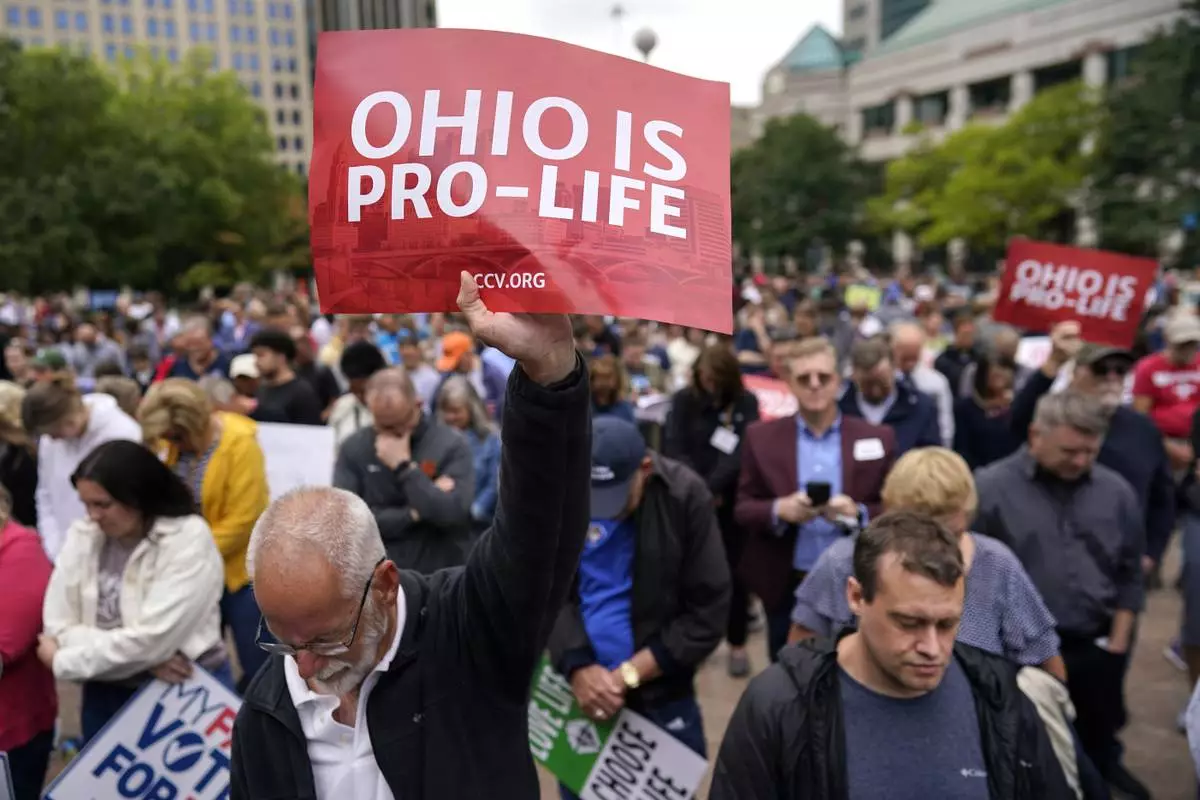
FILE - Paul Meacham holds high a sign that reads "Ohio is pro-life" as the crowd prays during the Ohio March for Life rally at the Ohio State House in Columbus, Ohio, Friday, Oct. 6, 2023. Two years after the U.S. Supreme Court ended a nationwide right to abortion, travel and pills have become big parts of the issue. (AP Photo/Carolyn Kaster, File)
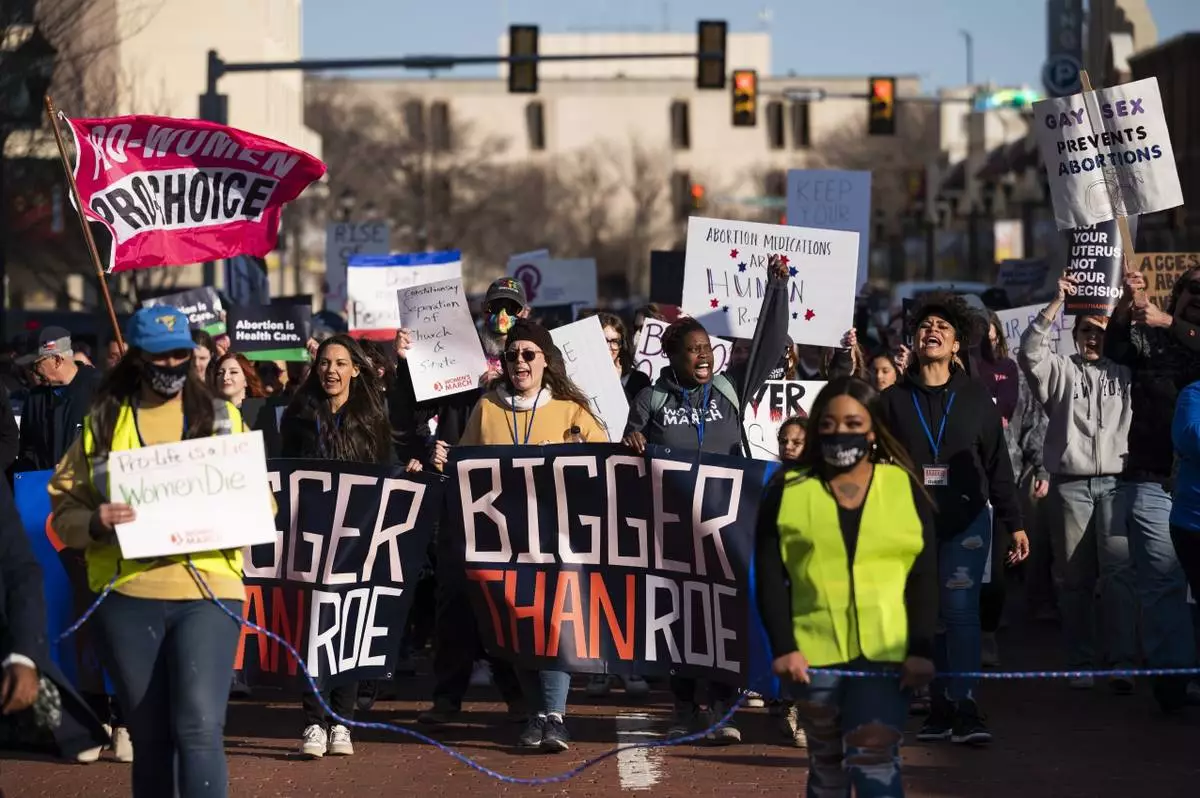
FILE - People march through downtown Amarillo to protest a lawsuit to ban the abortion drug mifepristone, Feb. 11, 2023, in Amarillo, Texas. Two years after the U.S. Supreme Court ended a nationwide right to abortion, travel and pills have become big parts of the issue.(AP Photo/Justin Rex, File)
ROME (AP) — Five women who say they were psychologically, spiritually and sexually abused by a famous ex-Jesuit artist asked Catholic bishops around the world on Friday to remove his mosaics from their churches, saying their continued display in places of worship was “inappropriate” and retraumatizing to victims.
Separately, the pope’s top anti-abuse adviser urged Vatican offices to stop displaying the works of the Rev. Marko Rupnik, one of the church's most celebrated artists. Continuing to do so ignores the pain of victims and could imply a defense of the Slovene priest, Cardinal Sean O’Malley wrote in a letter to the heads of Vatican offices.
The two-pronged messages were issued after the Rupnik scandal — which has been brewing for over two years after he was accused of misconduct by over a dozen women — exploded anew last week when the Vatican's top communications official strongly defending using Rupnik artwork on the Vatican News website.
The debate about what to do with Rupnik’s works as an investigation into the allegations continues by the Vatican's sex abuse office isn’t so much a matter of “cancel culture” or the age-old debate about whether one can appreciate art, such as a Caravaggio, separately from the actions of the artist: Some of the more than a dozen women who say they were victimized by Rupnik say the abuse occurred during the creation of the artwork itself, rendering the resulting mosaics a triggering and traumatic reminder of what they endured.
The Rupnik scandal first exploded publicly in late 2022 when the Jesuit religious order admitted that he had been excommunicated briefly for having committed one of the Catholic Church’s most serious crimes: using the confessional to absolve a woman with whom he had engaged in sexual activity.
The case continued to create problems for the Jesuits and Pope Francis, since a dozen more women came forward saying they too had been victimized by Rupnik. The Vatican initially refused to prosecute, arguing the claims were too old.
Nevertheless, after hearing from more victims, the Jesuits expelled Rupnik from the order and Francis — under pressure because of suspicions he had protected his fellow Jesuit — waived the statute of limitations so that the Vatican could open a proper canonical trial.
To date Rupnik hasn’t responded publicly to the allegations and refused to respond to his Jesuit superiors during their investigation. His supporters at the Centro Aletti art studio have denounced what they have called a media “lynching.”
For some of Rupnik’s victims, the creation of the artwork itself was a conduit for grooming and abuse: One nun said she was abused on the scaffolding as a mosaic was being installed in a church, another as she posed as his model.
Through their lawyer, the women sent letters to bishops from Brazil to Lebanon and dioceses in between where chapels, churches or basilicas feature some of the nearly 230 mosaics designed by Rupnik and Centro Aletti.
“Notwithstanding the years that have passed, the trauma that each suffered has not been erased, and it lives again in the presence of each of Father Rupnik’s works,” said their letter, which was signed by attorney Laura Sgro on behalf of her five clients.
The Vatican trial against Rupnik is ongoing — Sgro says she hasn’t been contacted to provide testimony of her clients — and Rupnik’s many defenders in the Vatican and beyond say it’s important to withhold final judgment until the Vatican makes its ruling.
But the scandal was revived last week when the head of the Vatican’s communications department, Paolo Ruffini, was asked at a Catholic media conference why the Vatican News website continues to feature an image of a Rupnik mosaic.
Ruffini defended using the image, saying he was in no position to judge Rupnik and that in the history of civilization, “removing, deleting or destroying art has never been a good choice.”
When it was pointed out that he hadn’t mentioned the impact on victims of seeing Rupnik's artwork promoted by the Vatican, Ruffini noted that the women weren’t minors and that while “closeness to the victims is important, I don’t know that this (removing the artwork) is the way of healing.”
When the reporter, Paulina Guzik of Our Sunday Visitor News, suggested otherwise, Ruffini said: “I think you’re wrong. I think you’re wrong. I really think you’re wrong.”
His comments shocked victims and apparently prompted O'Malley, who heads the Pontifical Commission for the Protection of Minors, to send a letter to all Vatican offices saying he hoped that “pastoral prudence would prevent displaying artwork in a way that could imply either exoneration or a subtle defense” of alleged perpetrators of abuse.
“We must avoid sending a message that the Holy See is oblivious to the psychological distress that so many are suffering,” O'Malley wrote on behalf of the commission June 26.
In their letter to bishops, the five women echoed the message.
“Let us be clear, this missive doesn’t constitute a judgment about the works of Father Rupnik, but merely a reflection about the appropriateness of their presence in consecrated spaces, dedicated to Our Lord,” the letter said.
They said they didn’t want to prejudge the outcome of the Vatican’s canonical trial or ask that the mosaics be destroyed. Rather, they asked that they be moved out of places of prayer, as a sign of respect for victims and the sacred spaces themselves, so they “don't cast a shadow over the spirituality of the faithful.”
For advocates of victims, the Rupnik scandal and Ruffini's comments were continued evidence that the church in general, and Vatican in particular, continually dismiss abuse of adult women as mere sinful behavior by priests rather than traumatic abuse that affects them for life.
“The continued use of Rupnik’s art is incredibly hurtful to many abuse survivors, who see this as emblematic of an ongoing lack of concern for the needs of all survivors,” Sara Larson, executive director of Awake, a survivor support and advocacy organization, said in an email.
Removal of the mosaics, however, is no simple matter since some cover entire basilica façades (Lourdes, France); entire interiors (the Vatican's own Redemptoris Mater chapel); or, in the case of the St. Padre Pio sanctuary in southern Italy, the entire floor-to-ceiling gilded smaller church.
The mosaics are also a big, expensive undertaking for the churches that commission them: Last month, the basilica at Aparecida, Brazil – another major shrine for Catholics – inaugurated its Rupnik-designed façade with a huge Hollywood-style song and dance production and a nearly two-hour documentary about its construction.
Other churches have smaller-scale mosaics but they are still prominent. The Rupnik-designed mosaics inside the Basilica of the Holy Trinity in Fatima, Portugal are so integral to its artistic and iconographic importance that the shrine is seeking status as a UNESCO World Heritage Site.
But other churches are reconsidering. Bishop Jean-Marc Micas, whose diocese includes the Lourdes, France shrine, announced the creation of a study group last year to consider what to do with Rupnik’s mosaics. He acted after victims sent letters seeking a “gesture” from Lourdes and describing Rupnik’s mosaics there as an additional source of pain as they seek healing from their abuse.
A decision is expected soon.
A reflection is also taking place at the Knights of Columbus’ St. John Paul II National Shrine in Washington D.C.
"We continue to pray for victims and are carefully considering the best course of action concerning the mosaics that were installed at the shrine,” the Knights said in a statement, adding that the outcome of the Vatican's canonical trial against Rupnik would be “an important factor in our considerations.”
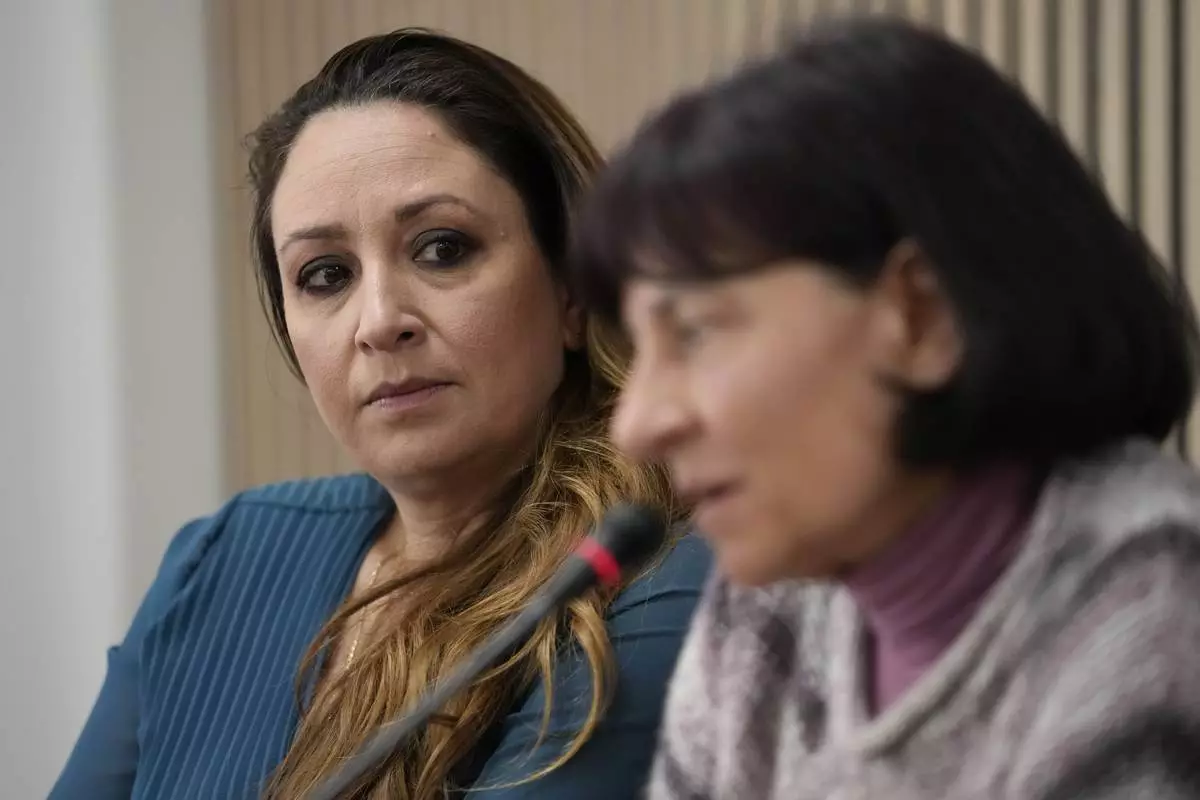
FILE - Lawyer Laura Sgro, left, listens to Gloria Branciani during a press conference in Rome, Wednesday, Feb. 21, 2024. Gloria Branciani, 59, is one of the first women who accused Rev. Marko Rupnik of spiritual, psychological, and sexual abuse. Sgro wrote a letter representing five women who say they were psychologically, spiritually, and sexually abused by ex-Jesuit artist Rev. Marko Rupnik, that asks Catholic bishops around the world on Friday, June 28, 2024, to remove his mosaics from their churches, saying their continued display in places of worship was "inappropriate" and retraumatizing to victims. (AP Photo/Alessandra Tarantino, File)
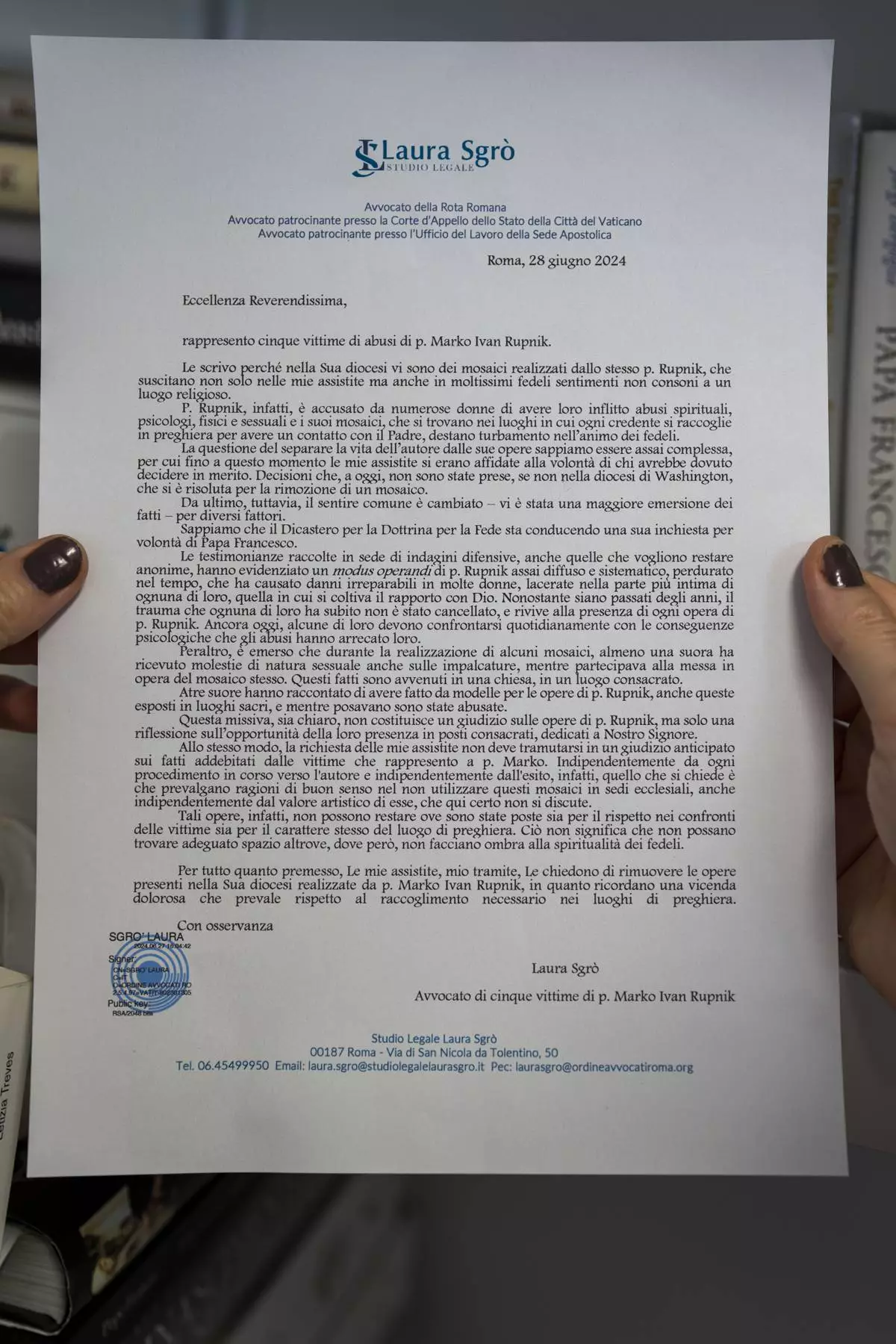
This photo taken Thursday, June 27, 2024, in Rome shows a copy of a letter obtained by The Associated Press and written by an Italian lawyer representing five women who say they were psychologically, spiritually, and sexually abused by ex-Jesuit artist Rev. Marko Rupnik, that asks Catholic bishops around the world on Friday, June 28, 2024, to remove his mosaics from their churches, saying their continued display in places of worship was "inappropriate" and retraumatizing to victims. (AP Photo/Domenico Stinellis)
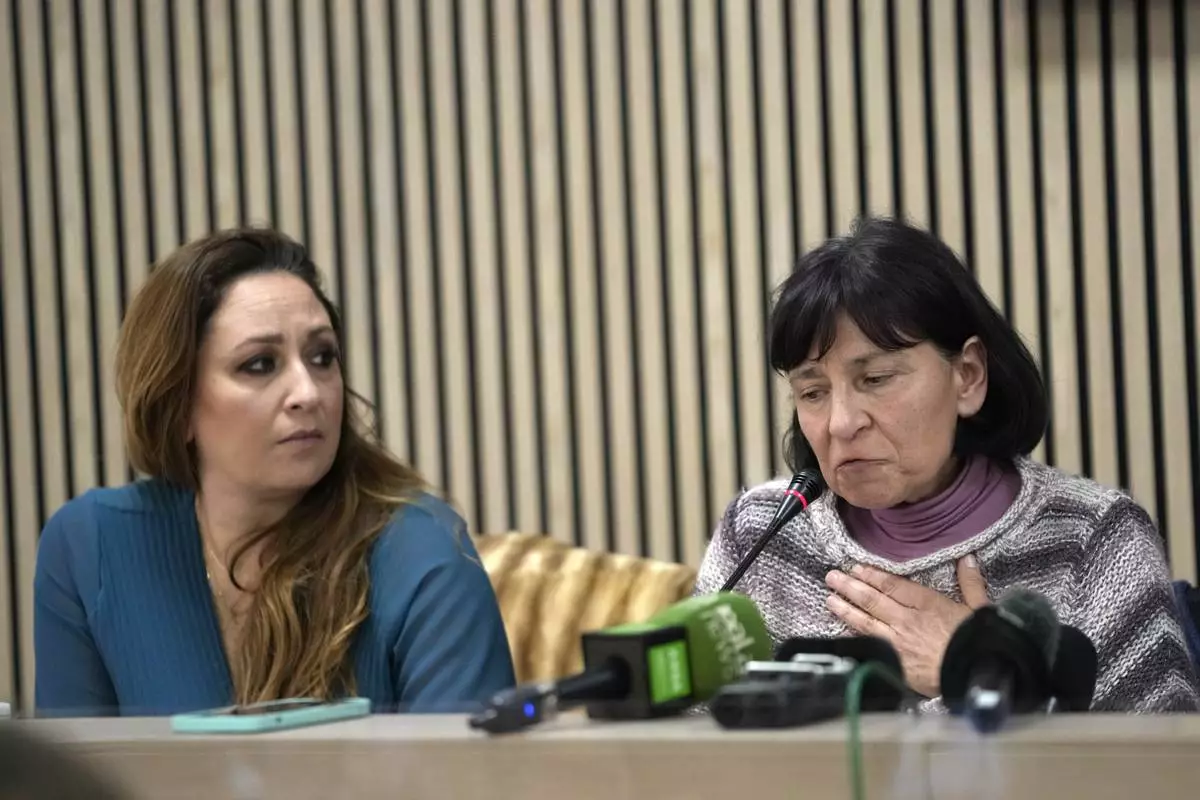
FILE - Lawyer Laura Sgro, left, listens to Gloria Branciani during a press conference in Rome, Wednesday, Feb. 21, 2024. Gloria Branciani, 59, is one of the first women who accused Rev. Marko Rupnik of spiritual, psychological and sexual abuse. Sgro wrote a letter representing five women who say they were psychologically, spiritually, and sexually abused by ex-Jesuit artist Rev. Marko Rupnik, that asks Catholic bishops around the world on Friday, June 28, 2024, to remove his mosaics from their churches, saying their continued display in places of worship was "inappropriate" and retraumatizing to victims. (AP Photo/Alessandra Tarantino, File)




